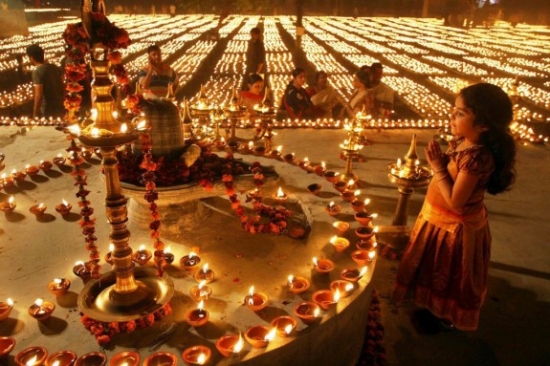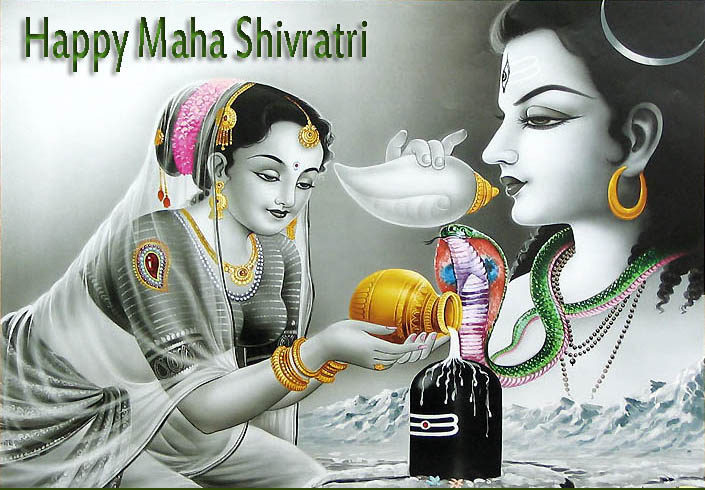In Hinduism, we worship different Gods, but Lord Shiva is considered to be one of the most powerful of all and is one of the three Gods of Trimurthis and is also identified as the destroyer. He is the destroyer of creation at times, but he is also the destroyer of misery and ignorance. He is believed to destroy anything that is no longer needed to pave the way for rebirth and also grants long life. His abode is in Mount Kailash where he resides with Goddess Parvati, and his divine sons Ganesha and Kartikeya.
Why do we worship Lord Shiva?
From the highest Himalayas to Rameswar in the south and from Dwarka in the west to Chandranath hill on the east, there are Siva temples all over India. Shiva is worshipped by millions of people in different forms that include his pleasant as well as fierce forms. He is the most popular deity of Shakta and Tantra traditions and more than 80% of Hindu literature is dedicated to him, which include the Vedas, the Puranas and the Agama Shastras.
He can be easily pleased: Lord Shiva is worshipped by all because his rituals need no specific arrangements and he is satisfied with little prayers and offerings like water, milk, bel leaf and flowers. He is the one who offers a blessing to the wishes of the worshippers faster than any other Gods.
He is unconventional: Lord Shiva does not follow any social customs or codes to convey his freedom. He is the lord or Tantra and while worshiping him, you don’t have to worry about your lifestyle or what you eat.
Easy rituals: To worship Lord Shiva, you don’t need the service of a priest. You can simply go to a temple and offer your prayers.
For a good husband: The Lord treats his wife Parvati with great respect and love and offers equal honor to her. He represents today’s values. Women specially worship him and also keep a fasting during Maha Shivararti for good husbands and also do that when they are married to a good husband.
Immense power: We all know that Shiva is all powerful and can destroy our sufferings and remove impurities like egoism, ignorance, pride and etc. to facilitate spiritual growth. He is also a great source of wisdom and knowledge.

The other names of Shiva:
Lord Shiva is the greatest of all gods and is given the name of Maha Deva. It is believed that he has no birth and doesn’t need other divine support for his survival. He is the father of the universe and Mata Parvati is the mother of the whole universe. They are considered as universal parents. Some of his other names include:
- Trinethra: One who is third eyed ( eye on the forehead)
- Jatadhara: One who has long hair
- Neelakanta: One with blue neck as he consumed poison that was stored in his neck
- Gangadhara: As River Ganga emerged out of his head.
Mythical stories associated with Maha Shivaratri:
- According to legends, Shivaratri is celebrated on the day when Lord Shiva drank the poison and stored it in his neck, the reason why his throat turned blue. From that day onwards he came to be known as Neelkanth.
- Some folklore tales say that Shivaratri is celebrated on the day when Lord Shiva saved the world from a pot of poison that came out from the ocean during the Samudra Manthan.
- Another story says that Shivaratri Festival is celebrated on the day when Brahma and Vishnu fought over their supremacy over others and Shiva punished them by taking the form of a huge fire that spread all over the world. Both Brahma and Vishnu tried to find then end of the fire, but could not and Brahma told a lie, which angered Shiva who cursed him that no one would ever worship him.

Symbolism associated with Lord Shiva:
Crescent moon: This represents the cyclical nature of the world and the changes that it undergoes. It also represents him as the master of Time.
Third Eye: It is the eye of wisdom and when he opens it, it burns anything in its path into ashes.
Trishul: This is his weapon and the three prongs of trishul represent the three fundamental powers that are action, will and knowledge.
Malted hair: It represents his relationship with the God of Wind and breath of life. The coils represent the mastery of yoga: mental, physical and spiritual.
Drum: It produces dissimilar sounds representing the different states of existence. It combines both of them to create a single sound.
Kundalas: The earrings represent that the Lord is beyond ordinary perception and also shows the dual male and female aspect of Shiva.
Snake: It represents the ego, which becomes an ornament if mastered.
Kamandalu: This is common of sages and shows his yogic nature and represents an individual who is cleaned of egoistic desires.
Beads mala: It symbolizes his concentration and meditation or spiritual discipline.
Tiger Skin: Tiger represents desire and lust and it shows that Shiva has conquered both.



































